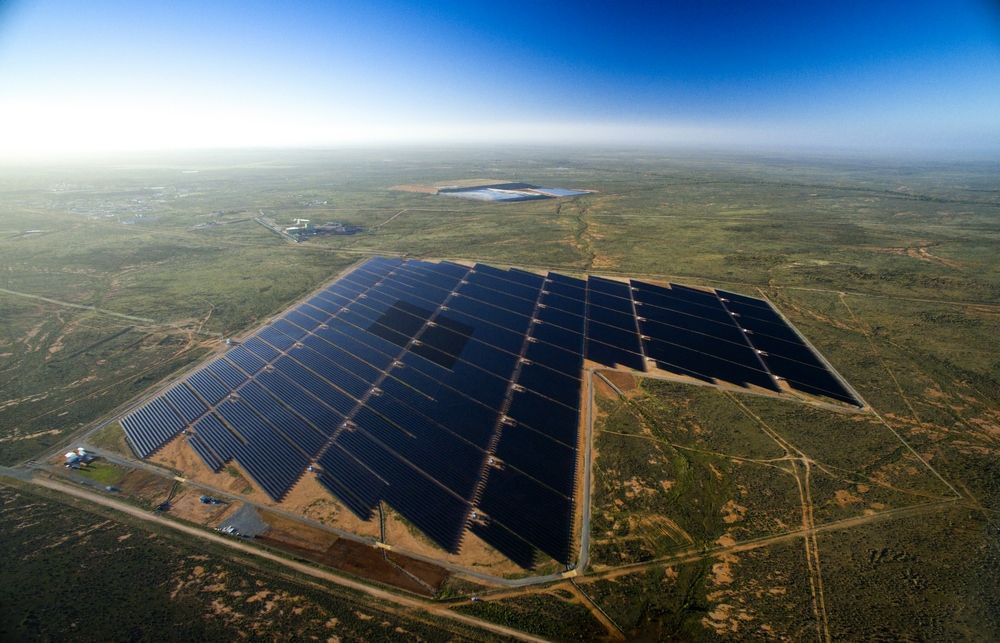Alternative energy conserves the environment, but it hurts to the pockets
Alternative energy conserves the environment, but it hurts to the pockets

Renewable energy sources are not so ideal as they sometimes try to imagine. In particular, their active use leads to a significant increase in electricity prices.
With the development of alternative energy, generating electricity is becoming cheaper by itself However, the cost of building solar and wind power stations remains extremely high, and energy companies are forced to put these costs in the market price of kilowatt-hours, Reason says.
As a result, in countries that are actively switching to renewable energy sources, the cost of electricity for consumers is much higher than where traditional power plants continue to be used extensively.
One of these "advanced" countries is Australia. Some time ago, the Renewable Energy Target program was launched there, according to which by 2020 the share of renewable energy in the country's energy sector should reach 20%.
Traditional power plants in Australia are gradually being replaced by solar and wind power plants, and since 2011 the generation of electricity by coal-fired power stations has been reduced by 6,000 megawatts - about 12% of all electric power in the country.
To date, the share of alternative energy in Australia has almost reached the target level, amounting to 18.8%. As a result, the cost of one kilowatt-hour in South Australia today exceeds 47 cents (this is the highest in the world), while the average electricity price in the European Union is less than 30 cents. And even in Victoria, where electricity is cheaper than in other parts of Australia, the price of a kilowatt-hour is still almost 5 cents higher than the average European.
Exactly the same story takes place in Germany and Denmark, which also boost the development of alternative energy. Germany today receives 35% of all energy from renewable sources, while the share of nuclear power plants in the country has declined from 25% to 14% in 2011. And in Denmark, the share of alternative energy is even higher - as much as 56%.
The result of this progress is black and white in the electricity bills: the cost of kilowatt-hour in Germany and Denmark exceeds 43 and 44 cents, respectively. For comparison, in the neighboring Netherlands and Sweden, a kilowatt-hour costs slightly more than 28 cents. In the US, where the share of alternative energy remains extremely low (only 6.5%), the cost of a kilowatt-hour does not reach 16 cents.
Of course, the problem of pollution of the environment requires a solution, and one of them is just the refusal to burn minerals and switching to renewable energy sources. However, one must realize that renewable energy is much more expensive, which means it is worth trying to find a balance between ecology and the economy's need for affordable electricity.
Congratulations @gibraltar! You have completed some achievement on Steemit and have been rewarded with new badge(s) :
Click on any badge to view your own Board of Honor on SteemitBoard.
For more information about SteemitBoard, click here
If you no longer want to receive notifications, reply to this comment with the word
STOPCongratulations @gibraltar! You received a personal award!
You can view your badges on your Steem Board and compare to others on the Steem Ranking
Do not miss the last post from @steemitboard:
Vote for @Steemitboard as a witness to get one more award and increased upvotes!